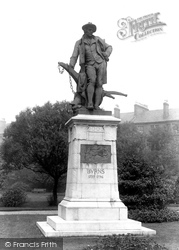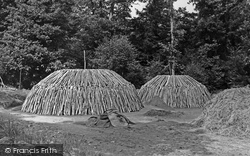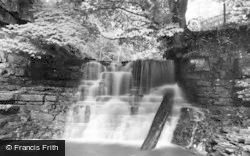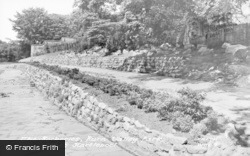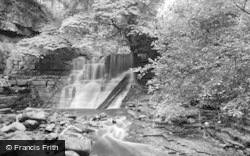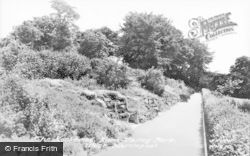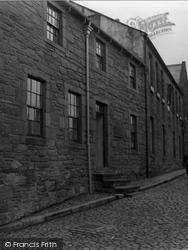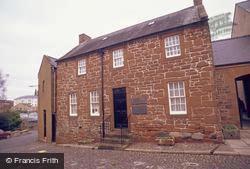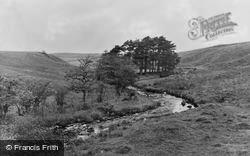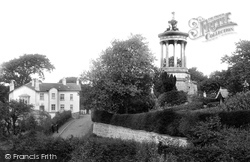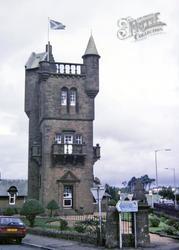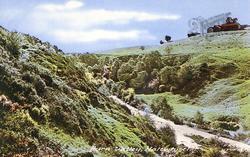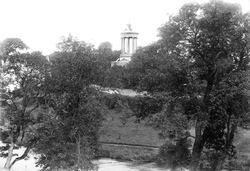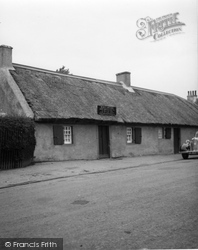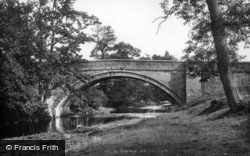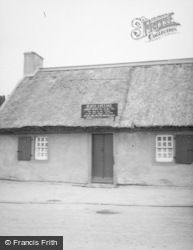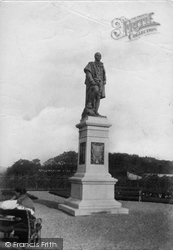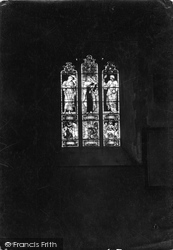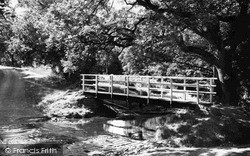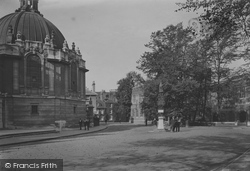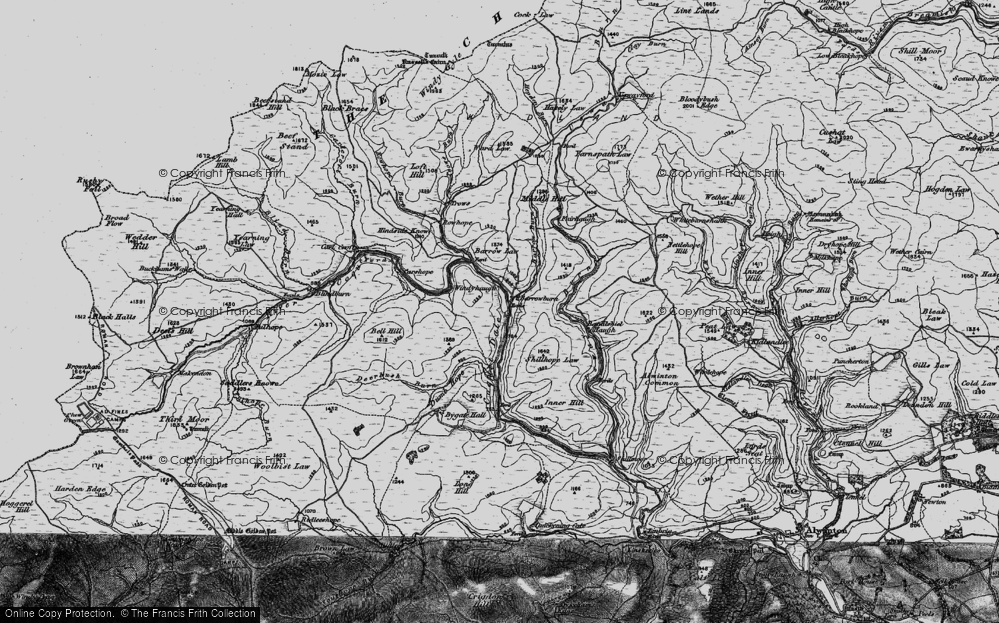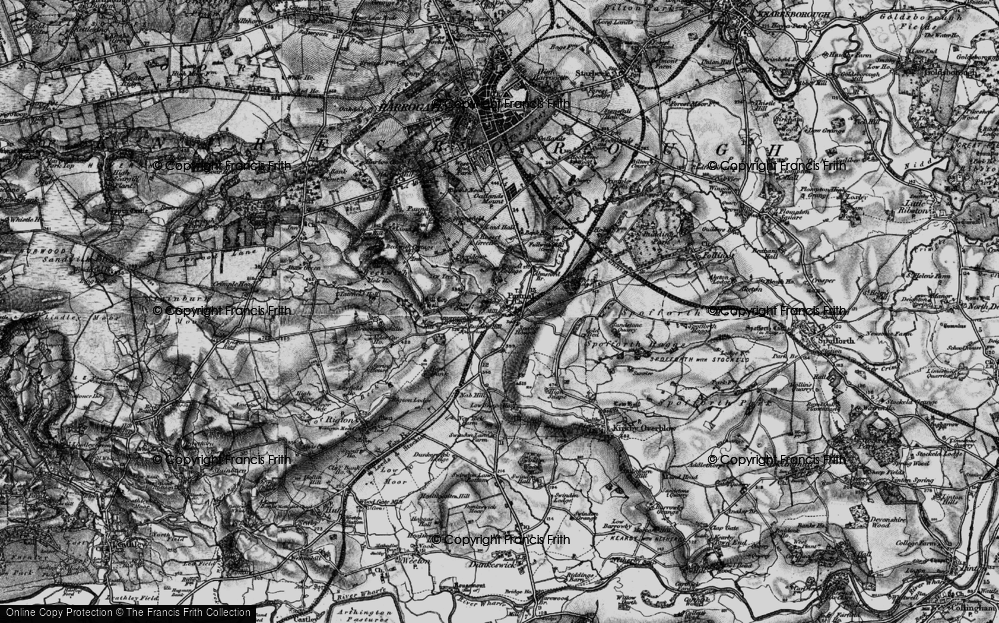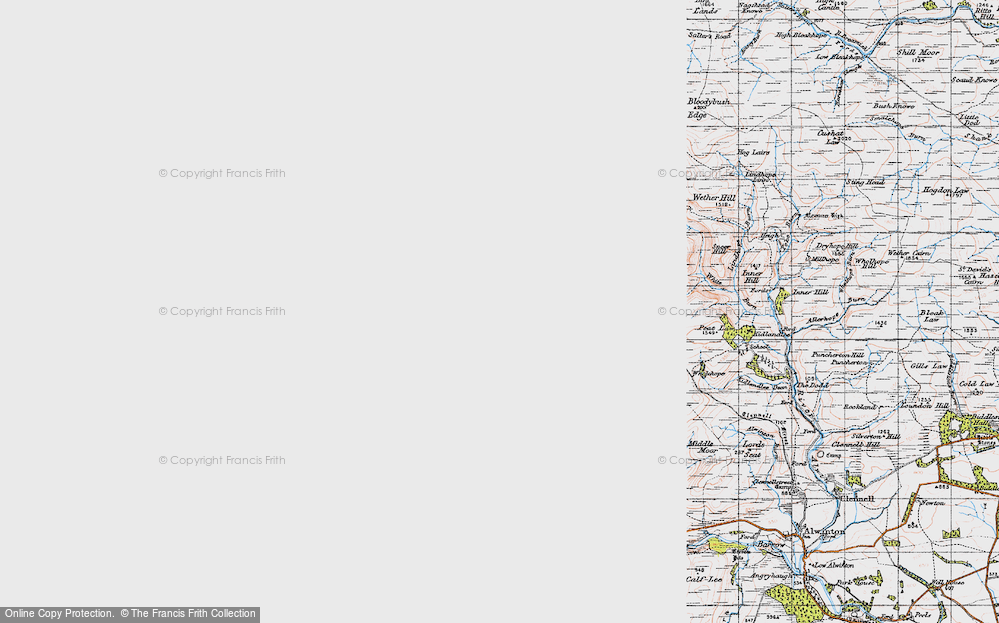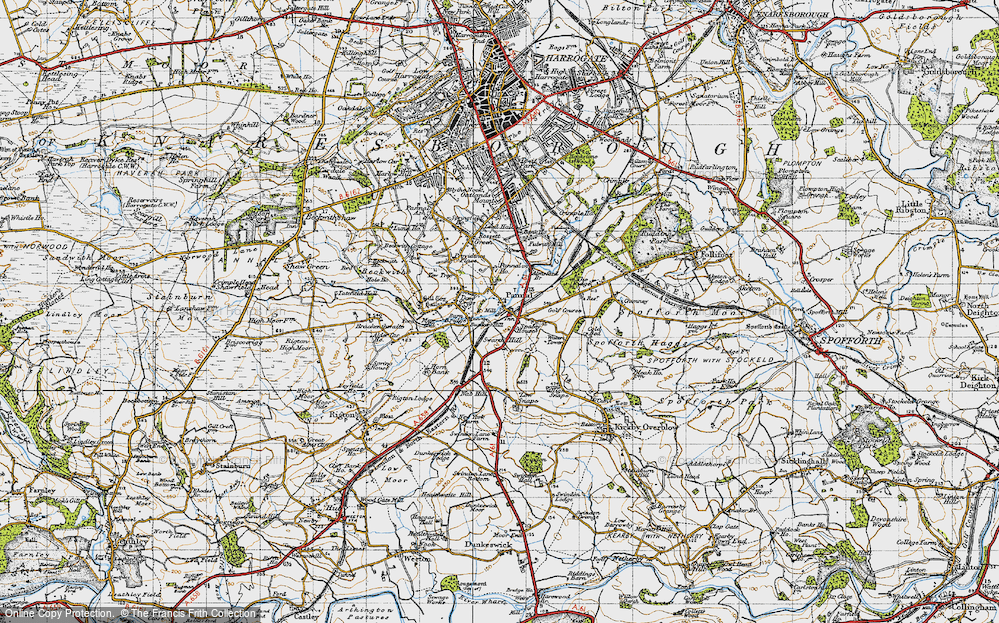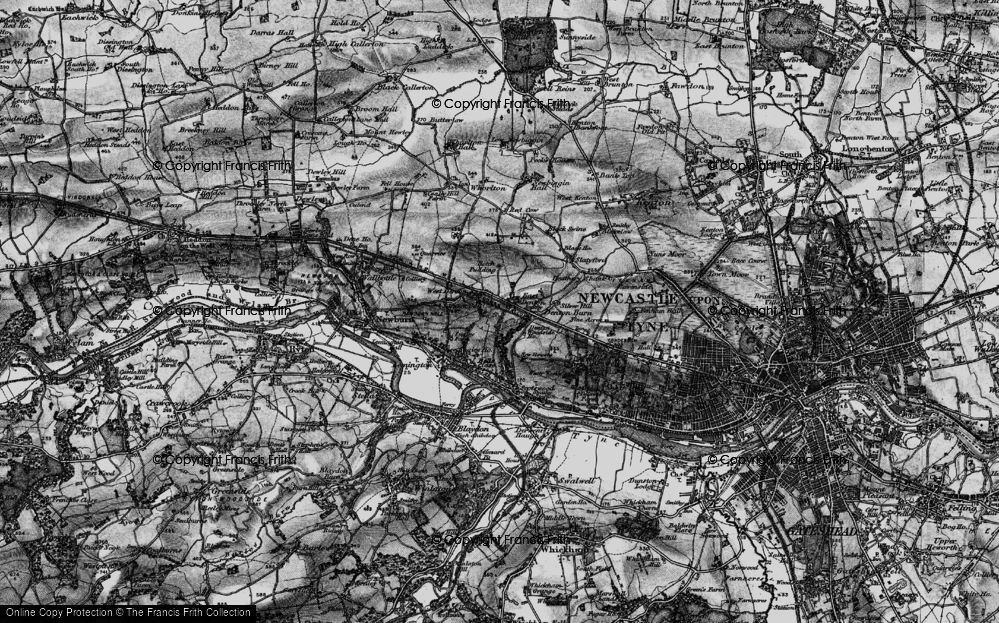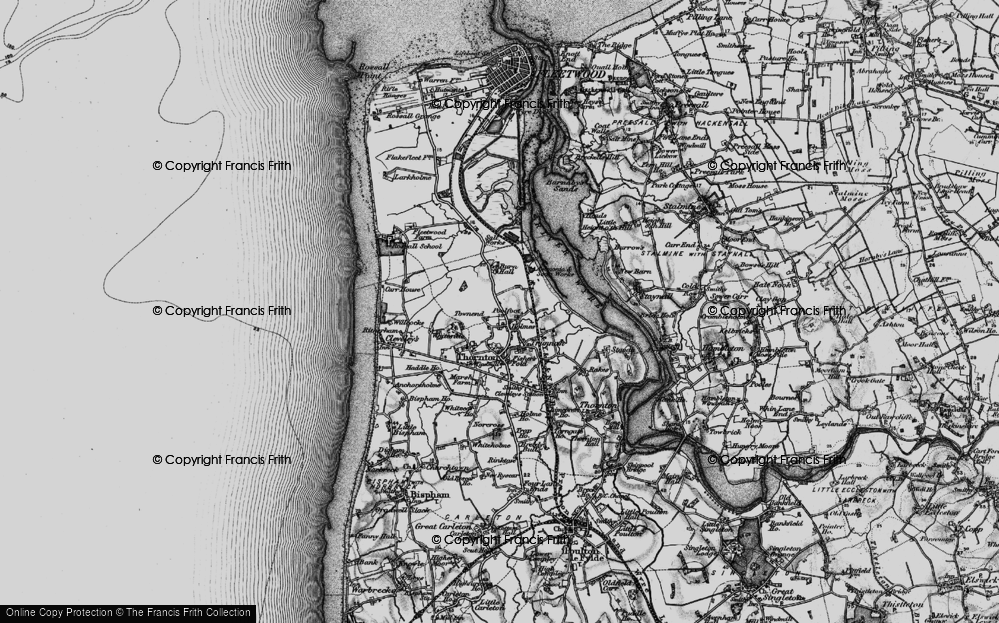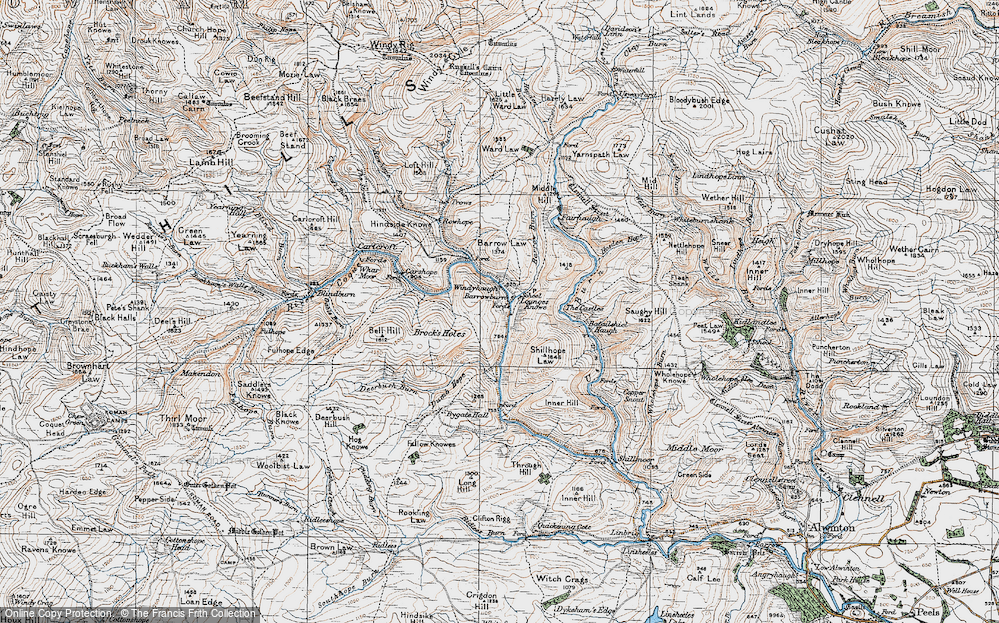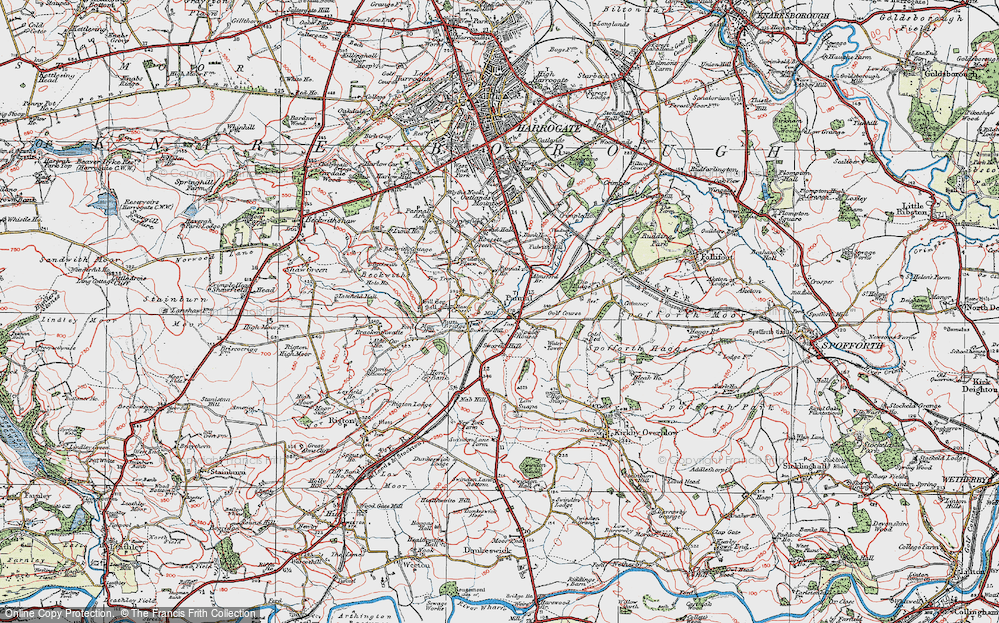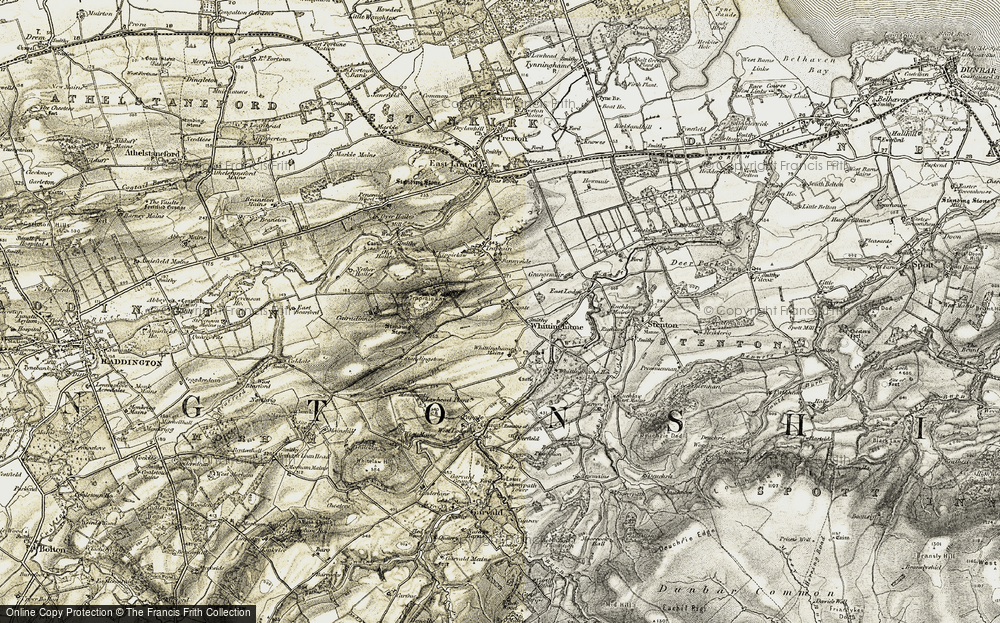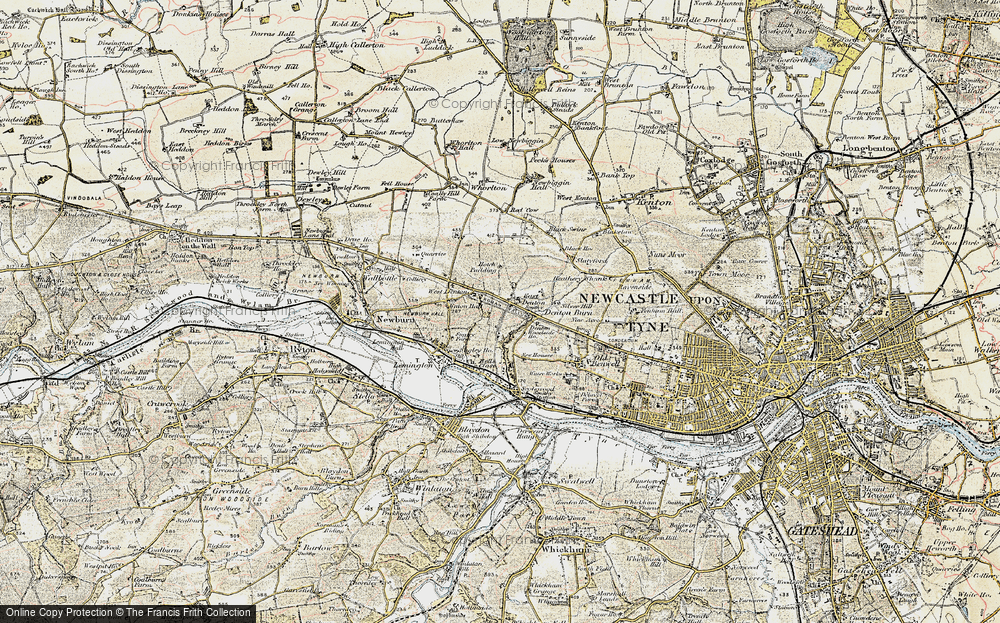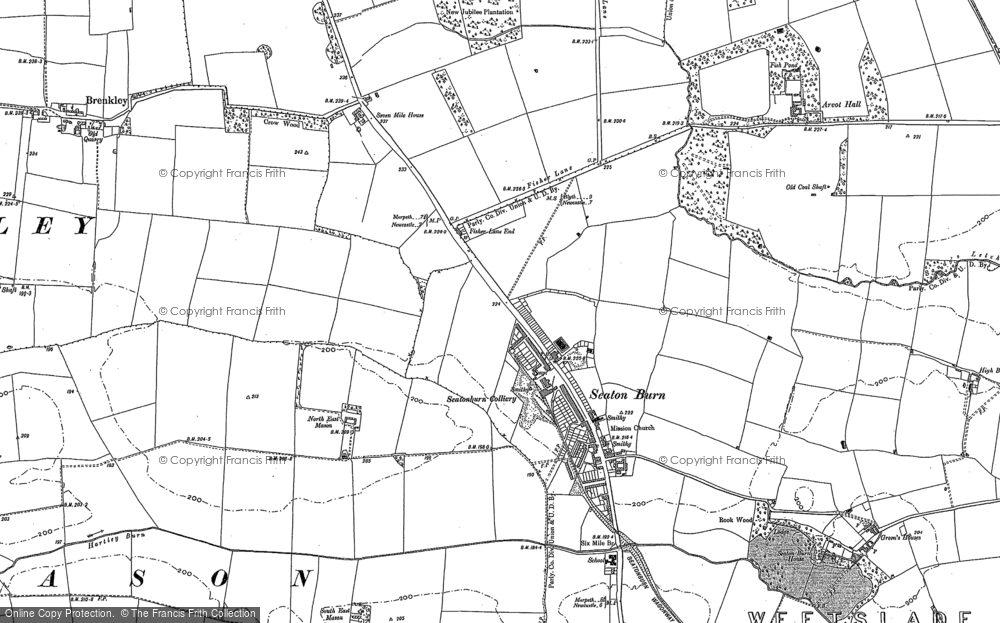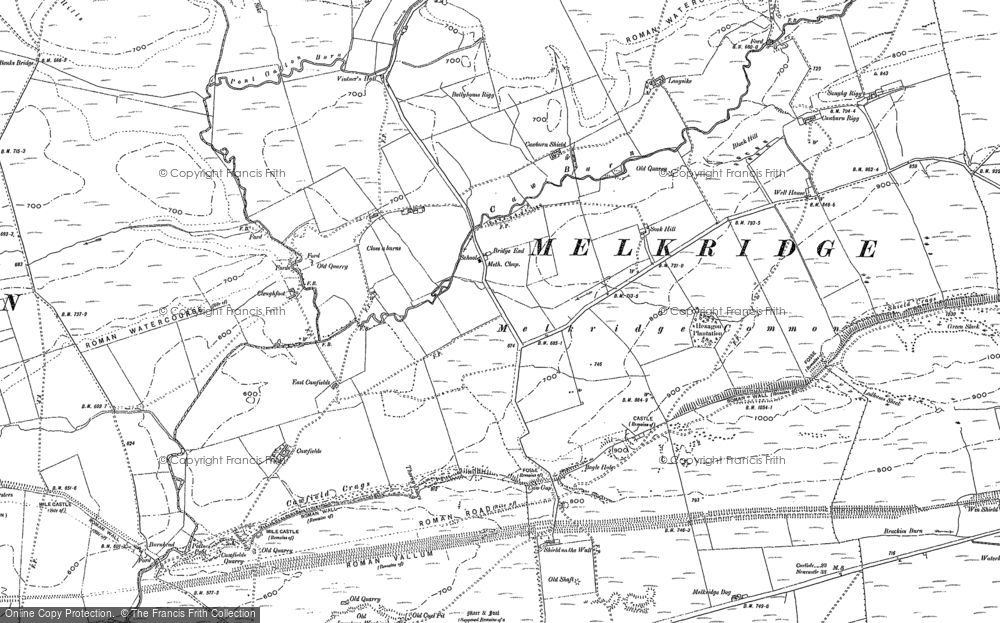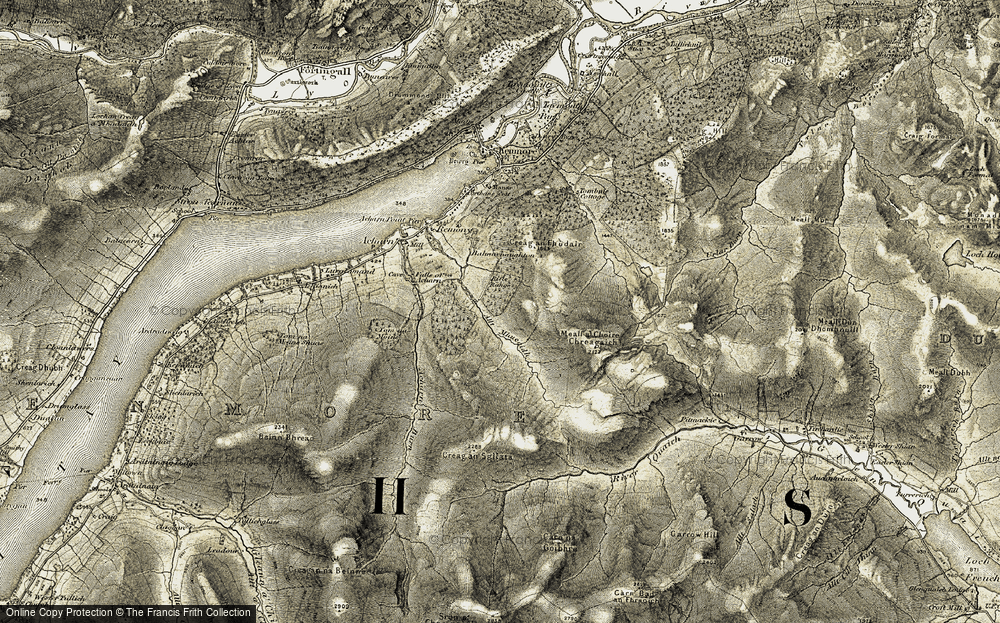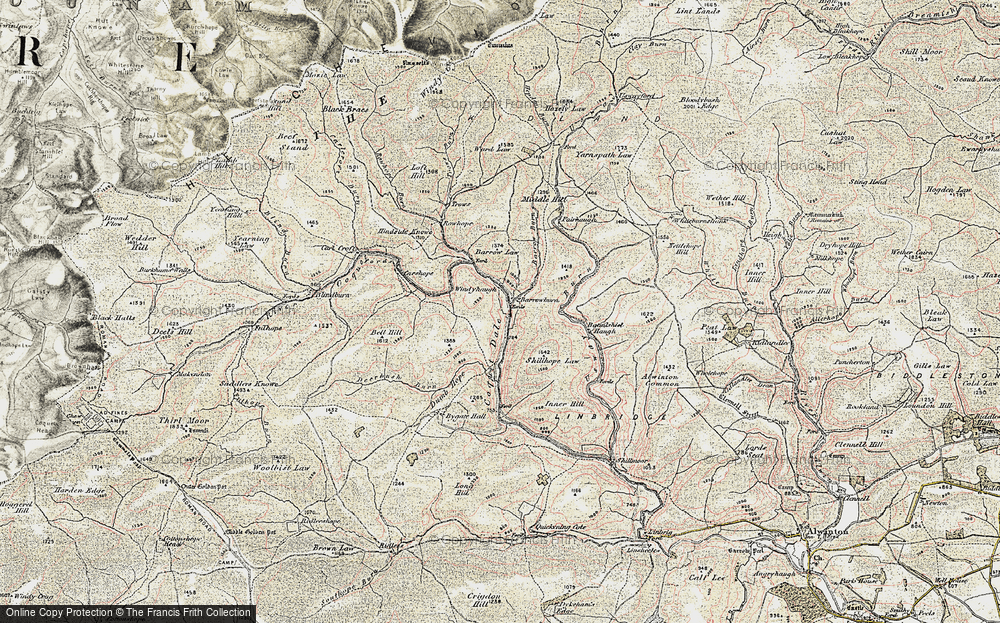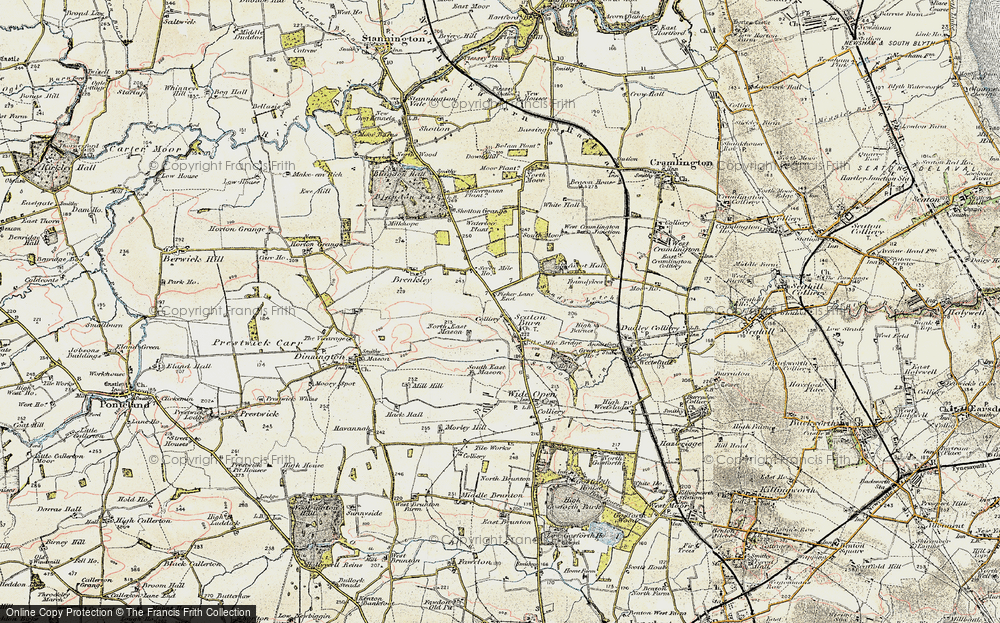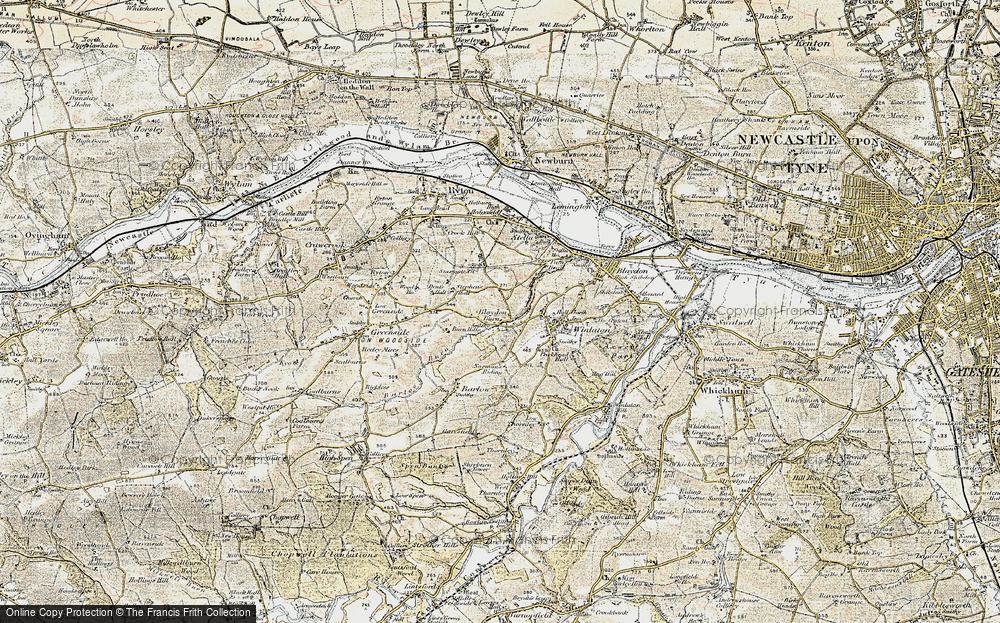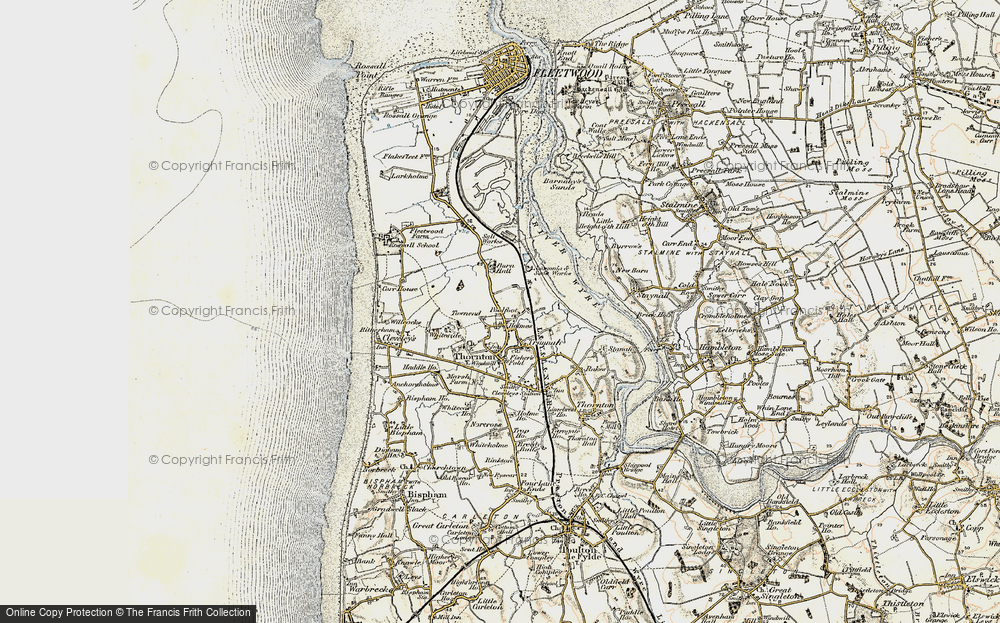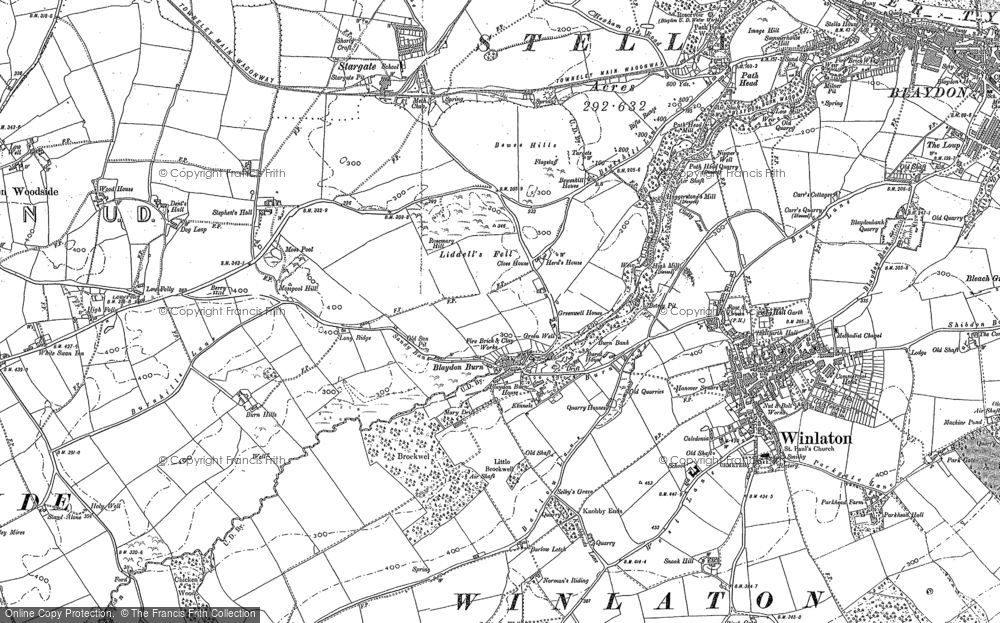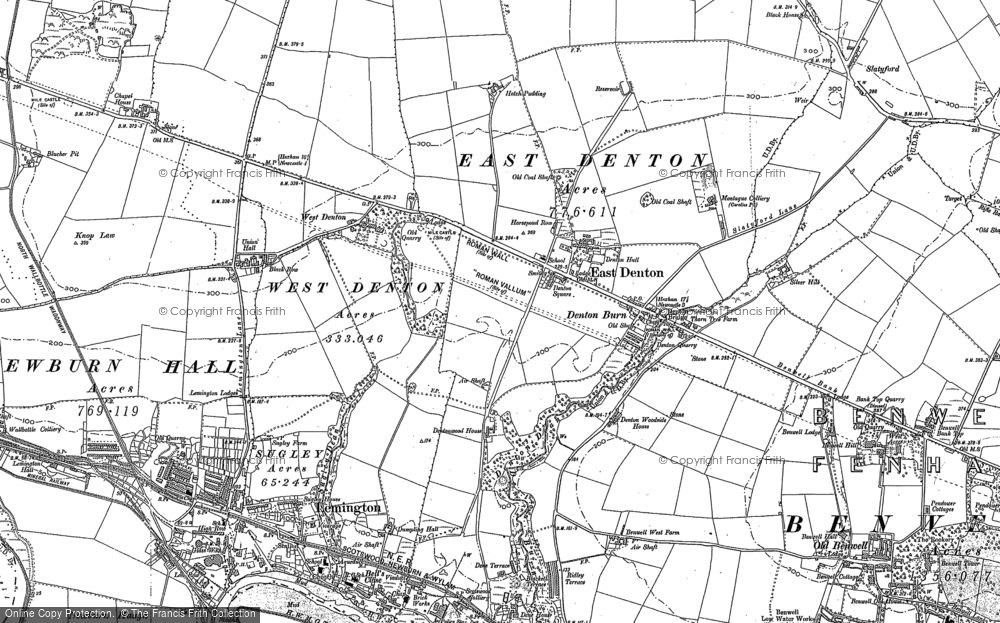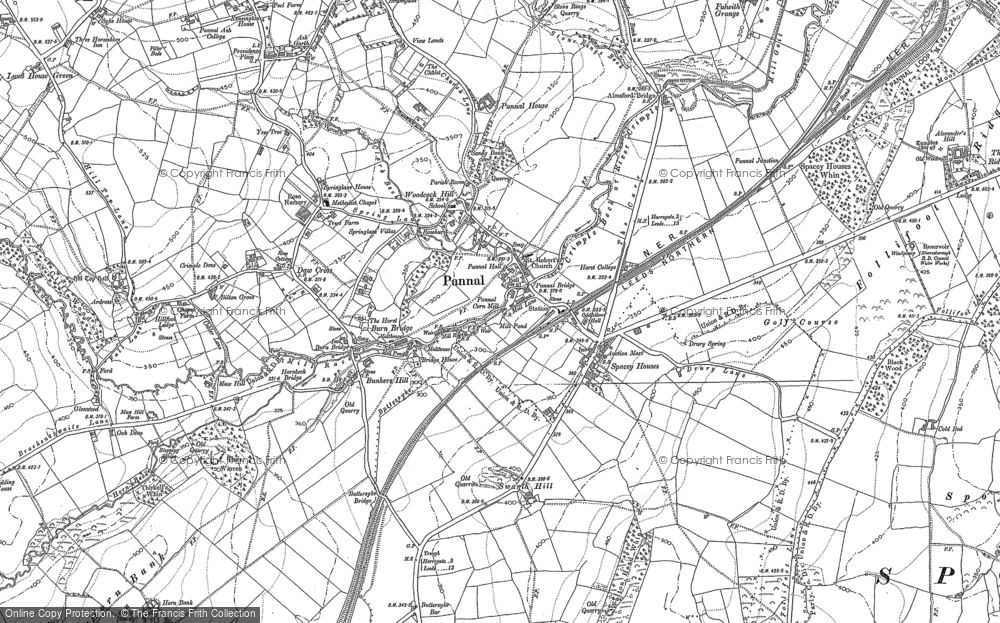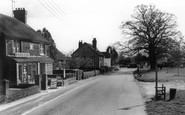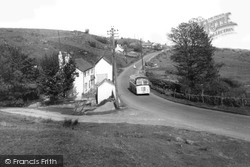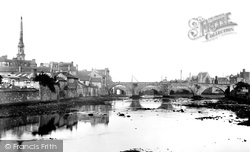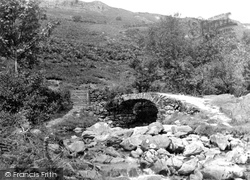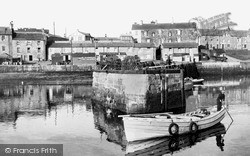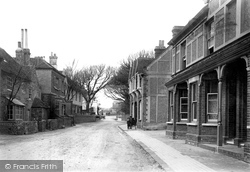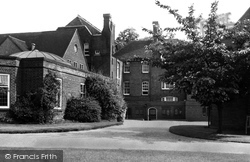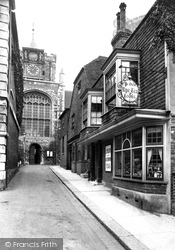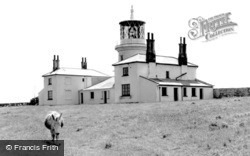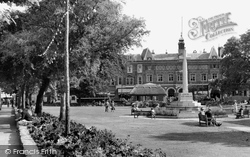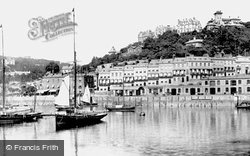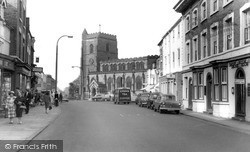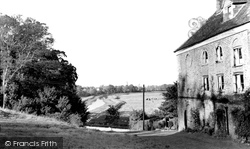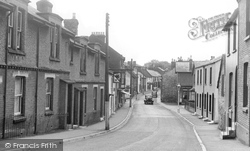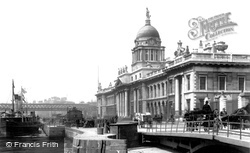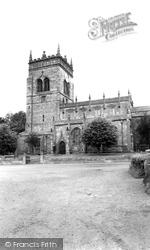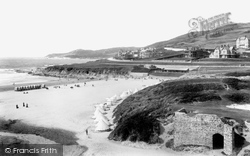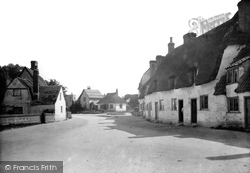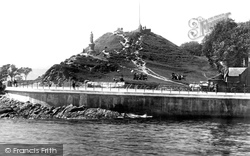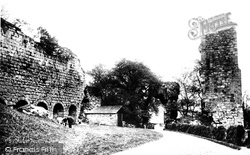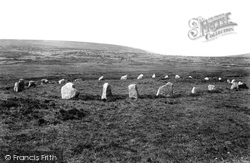Places
11 places found.
Those places high-lighted have photos. All locations may have maps, books and memories.
- Seaton Burn, Tyne and Wear (near Ponteland)
- Burn's Green, Hertfordshire
- Burn, Yorkshire
- Burn Bridge, Yorkshire
- Luggate Burn, Lothian
- Burn Naze, Lancashire
- Remony Burn, Tayside
- Barrow Burn, Northumberland (near Shillmoor)
- Blaydon Burn, Tyne and Wear
- Denton Burn, Tyne and Wear
- Burn of Cambus, Central Scotland
Photos
97 photos found. Showing results 21 to 40.
Maps
405 maps found.
Books
2 books found. Showing results 25 to 2.
Memories
768 memories found. Showing results 11 to 20.
Upper Heyford School
My father was stationed at RAF Upper Heyford 1949 to 1953. My brothers, Peter, Michael and myself, Mary, went to the village school. My older brother Richard went to school in Steeple Aston. I remember the two ...Read more
A memory of Upper Heyford in 1949 by
Yesterday's Birch
I REMEMBER BIRCH IN 1960'S. THE VILLAGE SHOP WAS RUN BY A JEWISH MAN CALLED MR WOLFE. WHEN YOU CROSSED THE ROAD ON TO WHITTLE LANE THERE WAS A ROW OF HOUSES THAT WERE ATTACHED TO THE WHITE HART PUB . AS YOU WALKED UP THE LANE ...Read more
A memory of Birch by
My Holiday In A Manor House
I went to fornethy residential school when I was five and nine years old and I was very happy thare I loved the long walks through the woods and walking down the stoney brae to the burn to paddle our feet ...Read more
A memory of Fornethy Residential School by
Moved To Barns Green In 1958
My family moved to Barns Green in 1958 purchasing Cootes Farm and then Bachelor's Farm shortly after (hardly large enough to be called farms, but that was their names). I was 15 at the time and had many friends and fond ...Read more
A memory of Barns Green in 1958 by
Horton Kirby In The 1960's
I was born and brought up in Dartford but my aunt, Nora Hall, was housekeeper to Sir Edward Bligh and they had moved to Horton Kirby in 1961 from Swanley Village. Sir Edward took a ten-year lease upon the house that was ...Read more
A memory of Horton Kirby by
Life In Cannich And Fasnakyle
My family and I moved from Elm Park in Essex to Scotland in the last weeks of 1948. My father, Leon A. Lalonde, had accepted a position as Chief Mechanical Engineer with John Cochrane and Sons, a construction company. ...Read more
A memory of Glen Affric in 1949 by
Growing Up
My father came back from war in 1946 I was born in 1948 in Salisbury my father rented a flint cottage in the middle of the woods at Beach’s barn (they were demolished many years ago ) my father was born in Everleigh the family were from ...Read more
A memory of Beach's Barn by
Dads First Cattle
My dad had a yard here before the houses were built back in the 40s. He bought his first cows and used to milk them in a barn there. I can remember as a small child being in the barn with mum and dad when an aeroplane crashed ...Read more
A memory of Lower Heyford in 1940 by
Newarthill 1950/60s Tosh And I
Every now and then I reminisce and take a trip down memory lane, of my childhood days growing up in Newarthill on Burnside Rd. I remember Tosh McGarry and I going to Father Gillan's jumble sale and buying an old fox fur ...Read more
A memory of Newarthill by
The Tithe Barn And Harrow Museum
Moat Farm Park? I find this surprising as its claim to fame is surely the preserved buildings of the Tithe Barn and surroundings. The Barn itself is the site of Harrow Museum and hosts various fund raising fairs, ...Read more
A memory of North Harrow in 1985 by
Captions
276 captions found. Showing results 25 to 48.
In his 'A Shropshire Lad', the poet A E Housman opens with the words: 'From Clee to heaven the beacon burns, The shires have seen it plain . . .'
The 'Twa Brigs of Ayr' became famous thanks to a poem by Robert Burns. Things had changed by the time this photograph was taken.
It has no direct Scandinavian connection, other than the fact that the name comes from the Norse 'svithinn' and means 'land cleared by burning'.
Originally known as North Sunderland, Seahouses prospered on fishing, and for a while lime burning.
At the time Rottingdean was home to a remarkable group of people, including Rudyard Kipling and Edward Burne-Jones.
The woodwork was so diseased that it had be burned, and all that remains is, apparently, a single hall.
The quarter boys above the church clock date from 1761, while the tea rooms (now Simon the Pieman, established in 1920 after this view was taken) replaced the Red Lion Inn which burned down in 1872.
This lighthouse, which is on the highest point of the island (180 ft above sea level), was built in 1829 as a gas-burning light and has been automated since 1927.
Carrying Holburn Street over the Ferryhill Burn, South Bridge is an essential part of the great developments of the early 19th century. It gets no recognition from the bureaucracy.
In AD1001, Viking raiders under the command of King Sweyn landed in the Exe estuary, raiding and burning the town of Exanmutha before marching on to Exeter.
Before the coming of tourism, Torquay was an obscure fishing hamlet, its villagers scratching a living from the sea, smuggling and lime burning.
Inside is a wonderful window by William Morris and Edward Burne-Jones that dates to the 1870s.
Burnt Farmhouse is isolated; it incorporates the remains of Field Place, which burned down in 1765. The tower of Litlington church can be seen in the distance.
Before the coming of tourism, Torquay was an obscure fishing hamlet, its villagers scratching a living from the sea, smuggling and lime burning.
When the English vessels failed to appear, French troops landed on the Island, burning and looting, and were resisted only by the Islanders who inflicted heavy casualties on the invaders.
The Custom House dates from 1791 but was burned down in 1921 during the troubled years that led to the creation of the Irish Free State.
In 1882 England played Australia in a cricket match; they lost so disastrously that they then ceremoniously burned the bails used during the match.
When the English vessels failed to appear, French troops landed on the island, burning and looting, and were resisted only by the islanders who inflicted heavy casualties on the invaders.
This one was built by the Chichester family in the 18th century; it burned Welsh limestone, which was held to be superior to the Devon limestone.
It burned down in 1928.
The statue is of Burns's Highland Mary, who was born at Auchnamore Farm nearby. The statue was erected in 1896.
Among those to imbibe have been Johnson and Boswell in 1773, Robert Burns, Queen Victoria and Edward VII.
This could have come from pyres on which bodies were placed, or perhaps from burning autumn stubble.
In AD1001, Viking raiders under the command of King Sweyn landed in the Exe estuary, raiding and burning the town of Exanmutha before marching on to Exeter.
Places (11)
Photos (97)
Memories (768)
Books (2)
Maps (405)




